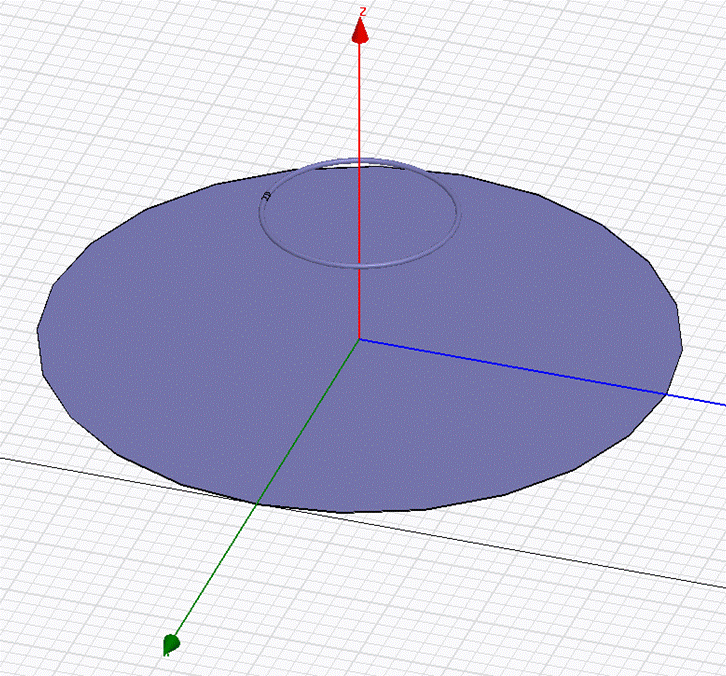
SM6FHZ 432 MHz BFR Loop Feed

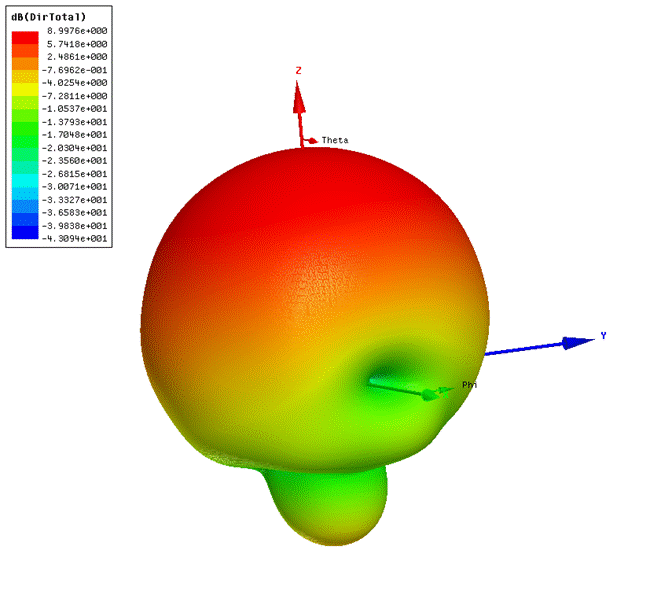
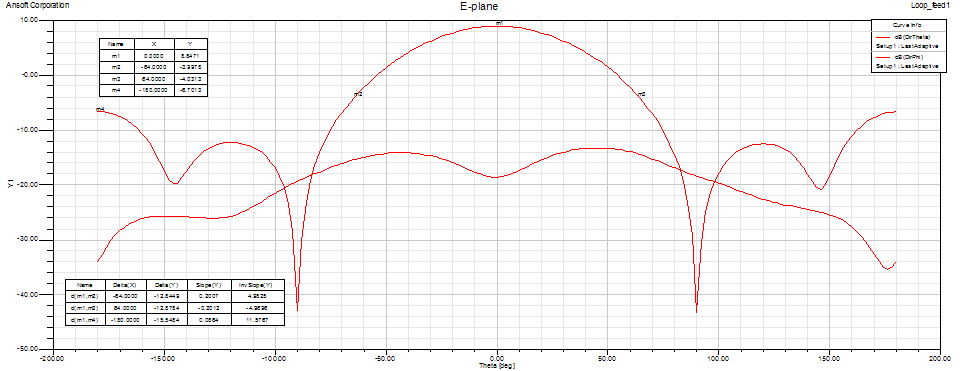
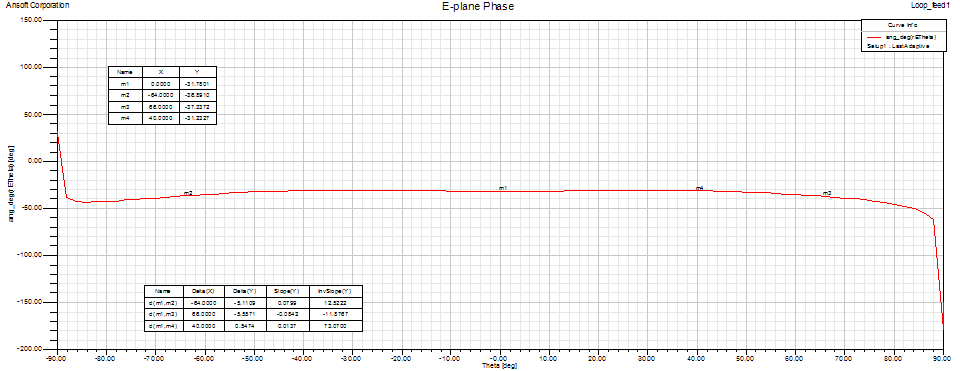
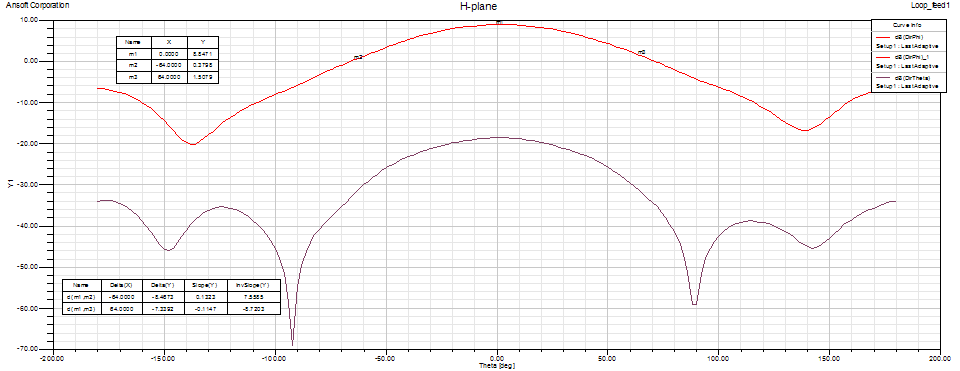
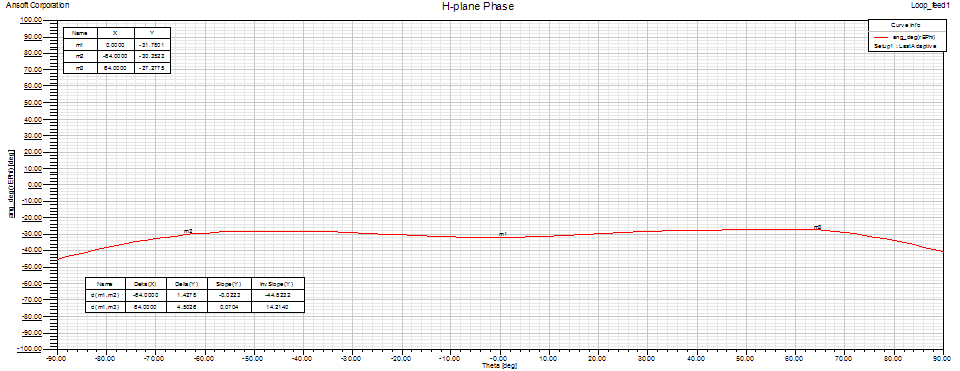
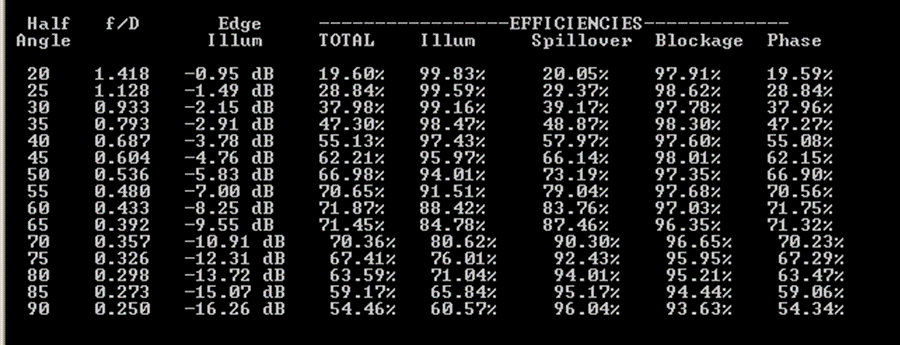
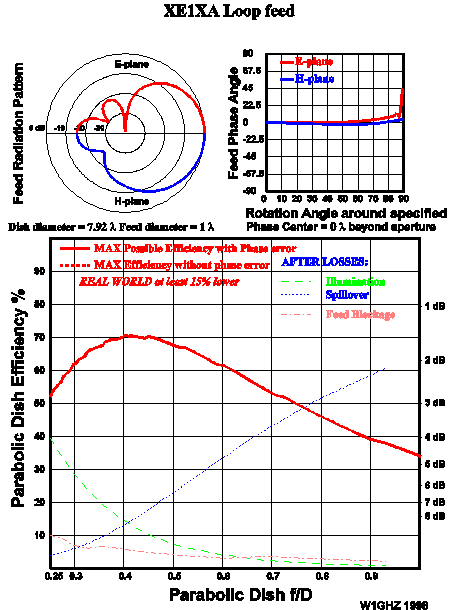
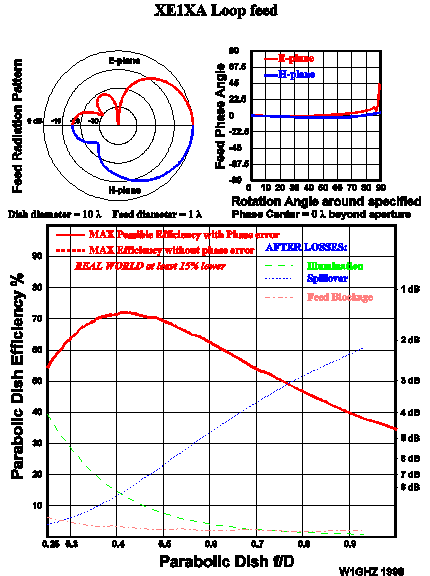
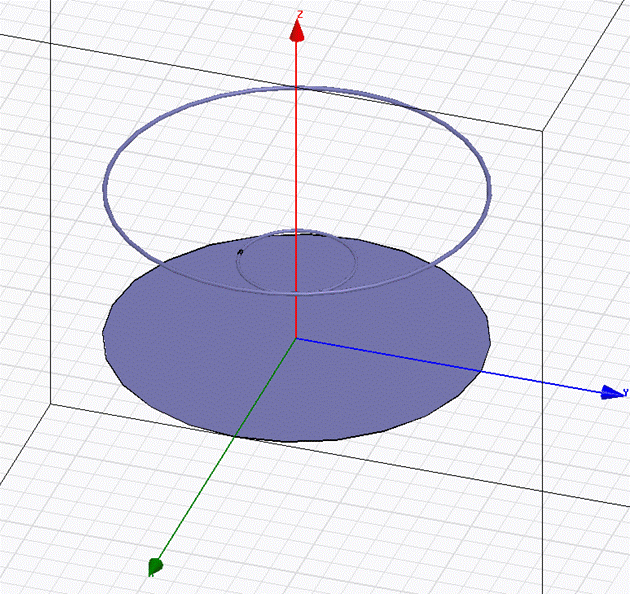
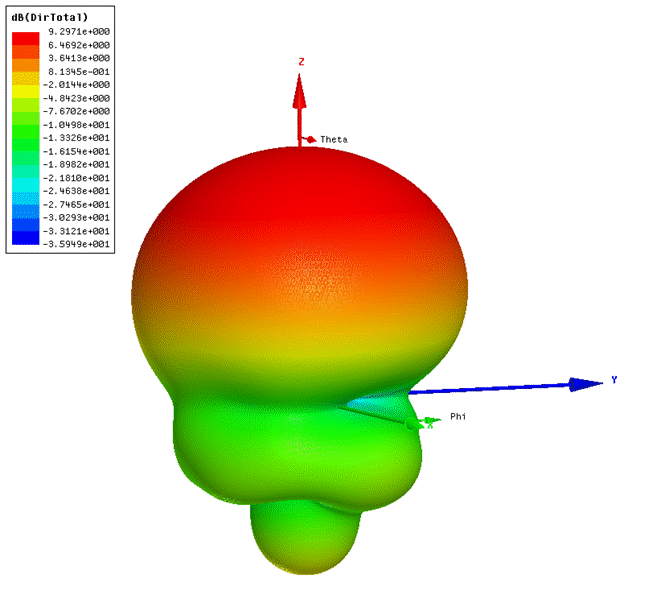
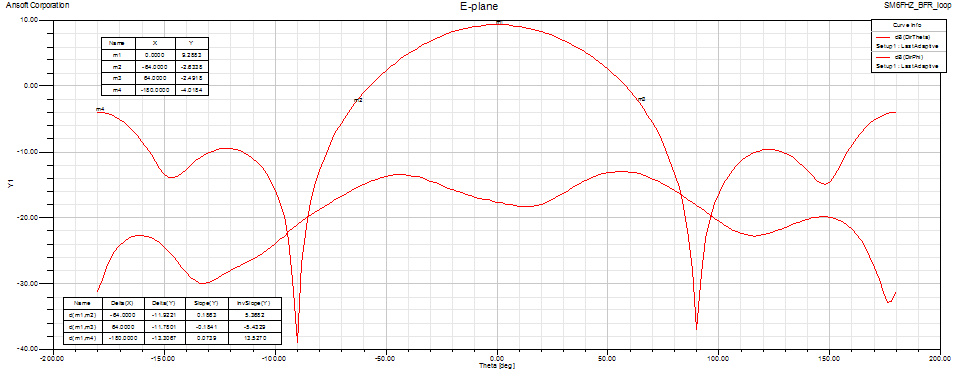
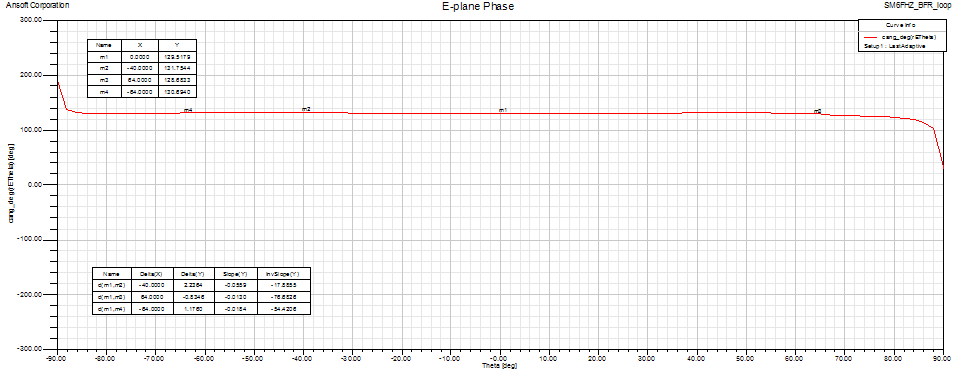
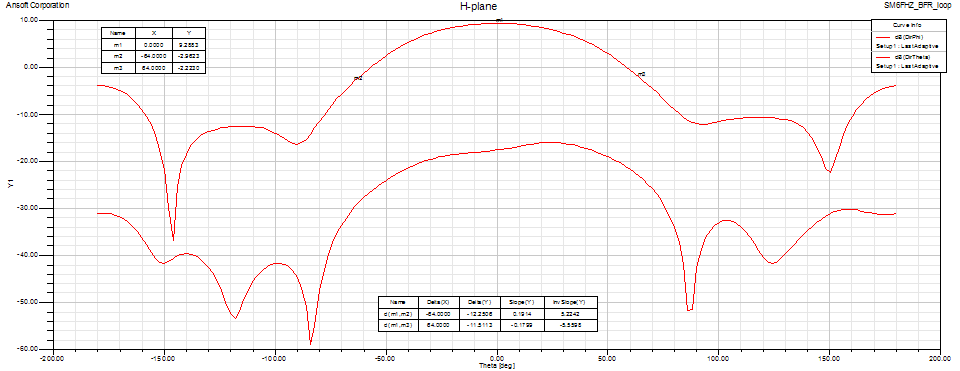
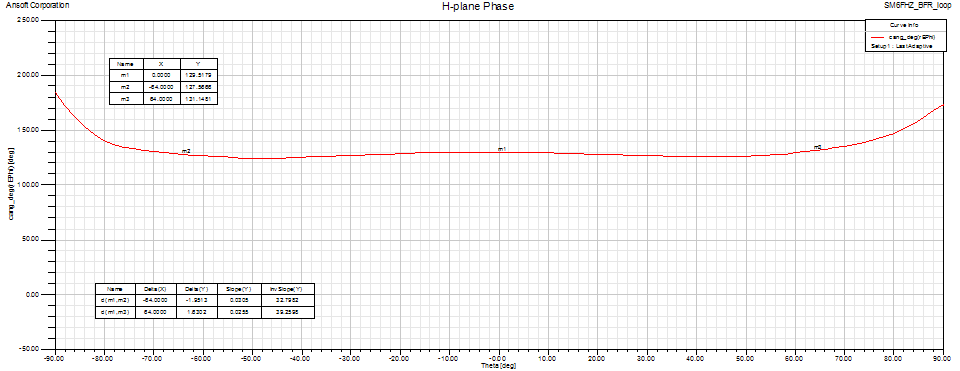
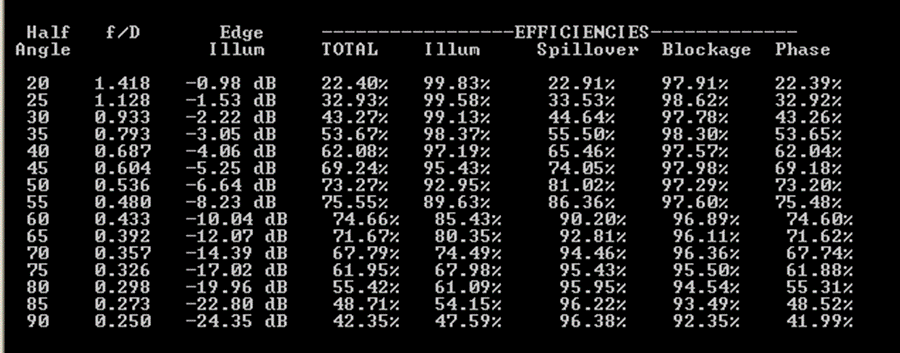
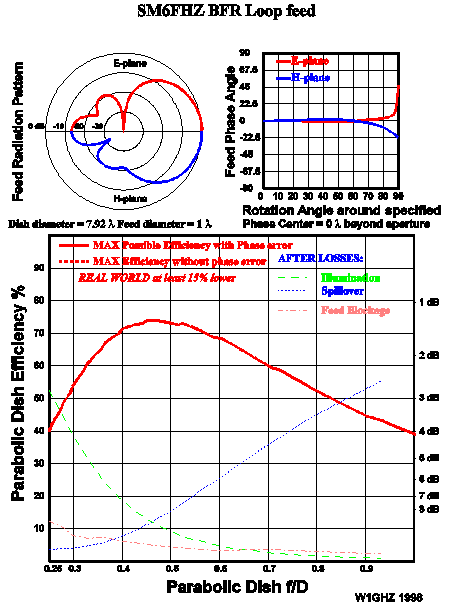
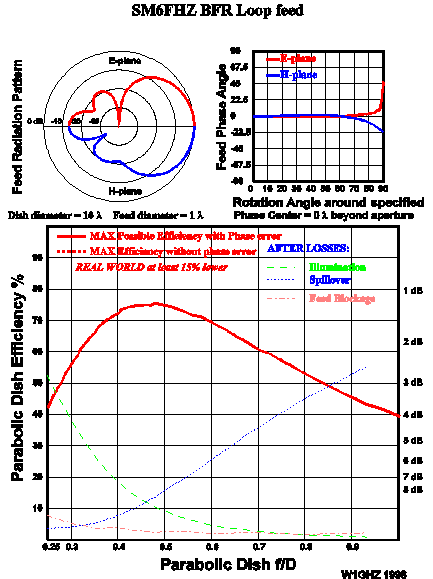
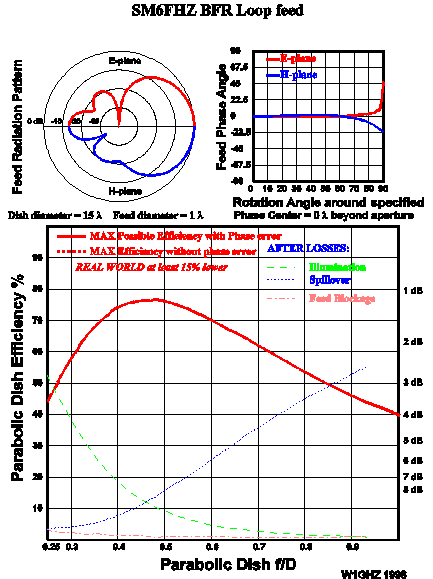
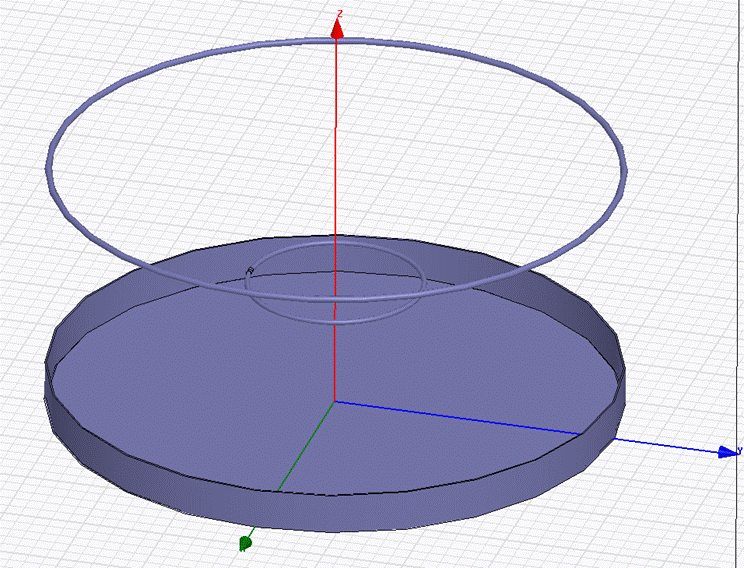
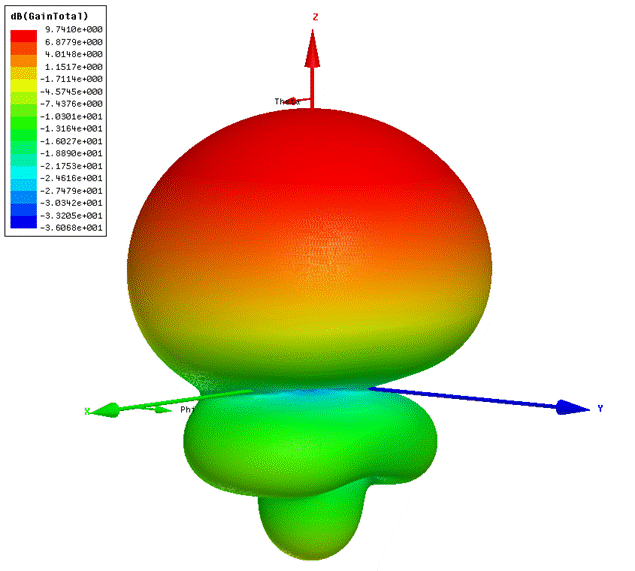
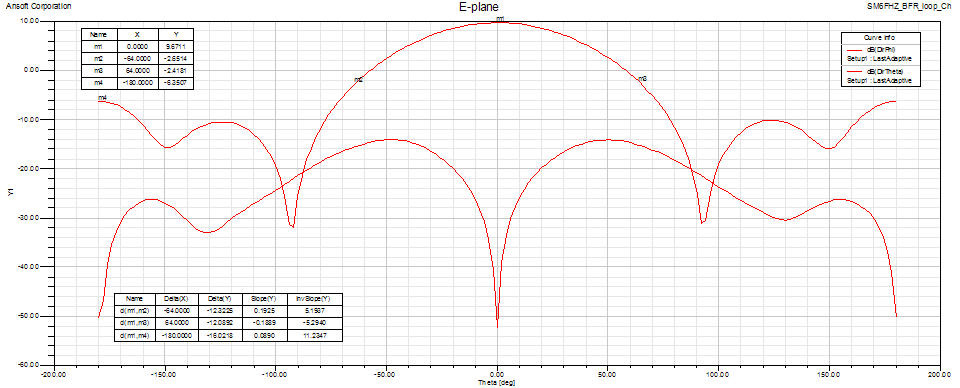
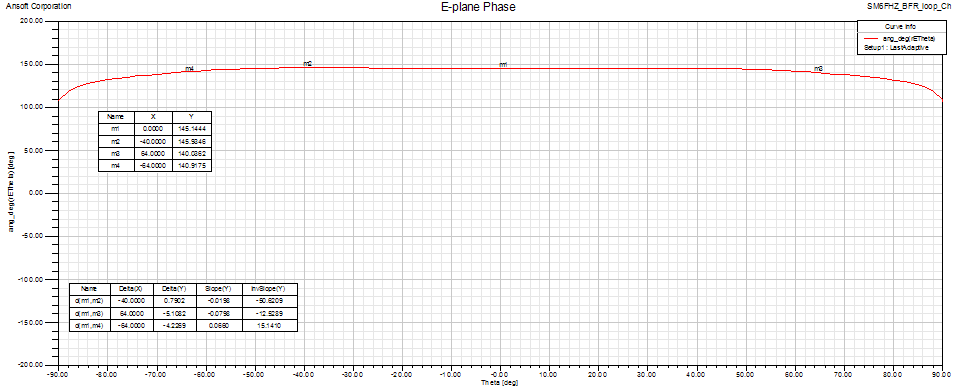
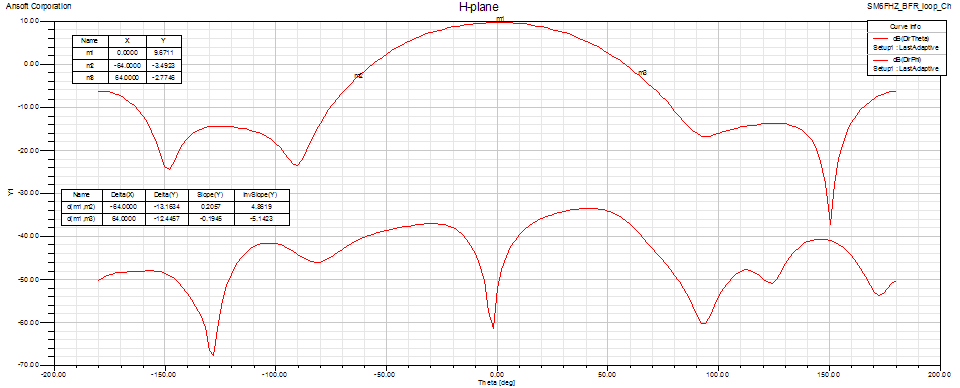
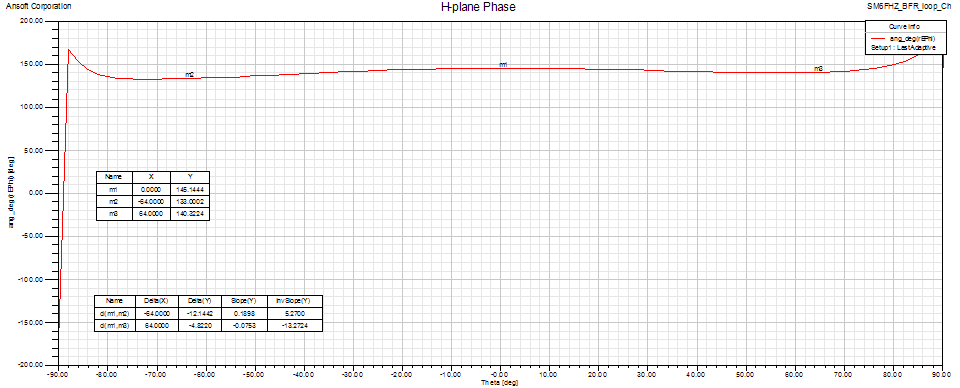
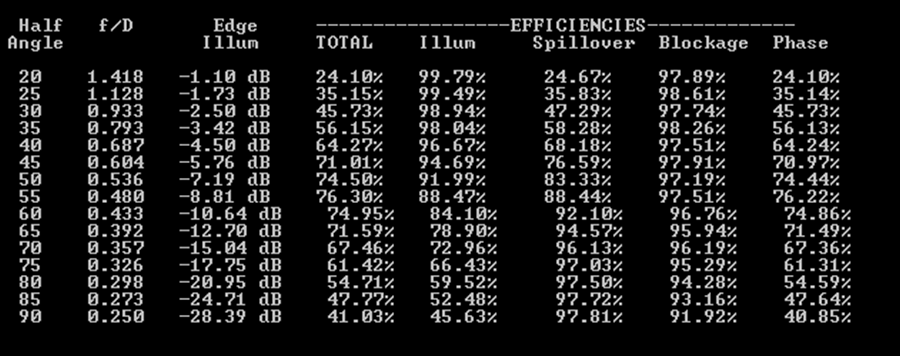
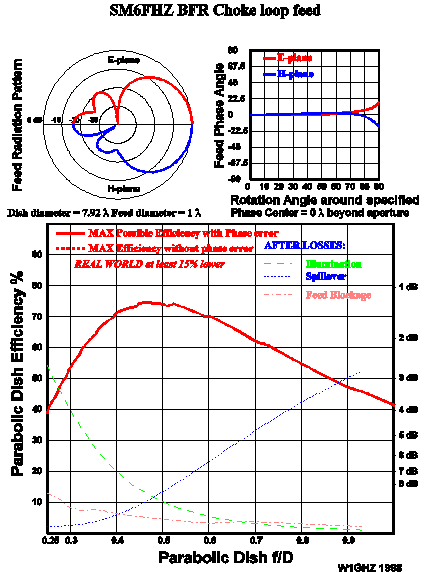
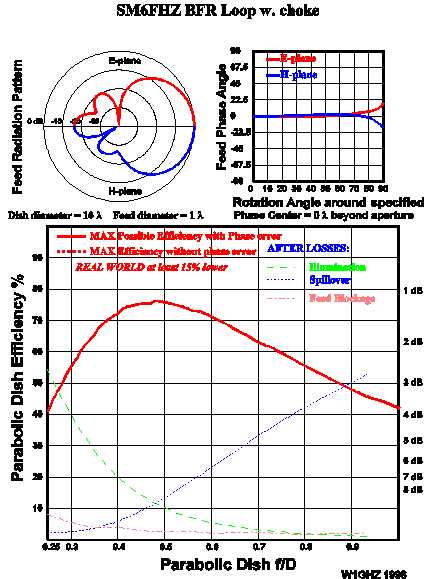
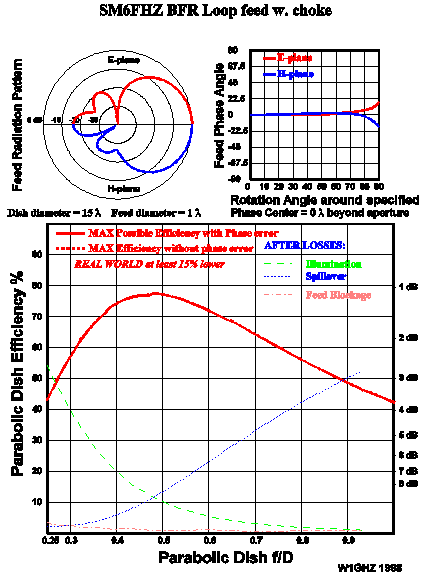
| Feed type | Level at +/- 64 deg (E-plane) [dB] | Level at +/- 64 deg (H-plane) [dB] | Directivity [dBi] | FBR [dB] | Efficiency, max [%] | Spillover, at max eff [%] | Spillover, at max eff [K] | Efficiency at 0.392 [%] | Spillover, at 0.392 [%] | Spillover, at 0.392 [K] | Phase center [mm] | Comments |
| XE1XA loop | -12.8/-12.9 | -8.5/-7.3 | 8.8 | 15.5 | 71.9 / 0.43 | 16.2 | 35 | 71.5 | 12.5 | 27 | +100 | |
| SM6FHZ BFR Loop | -11.9/-11.8 | -12.3/-11.5 | 9.3 | 13.3 | 75.6 / 0.48 | 13.6 | 29 | 71.7 | 7.2 | 14 | +130 | |
| SM6FHZ BFR Loop with choke | -12.3 / -12.1 | -13.2/-12.4 | 9.7 | 16 | 76.3 / 0.48 | 11.6 | 25 | 71.6 | 5.4 | 11 | +130 |



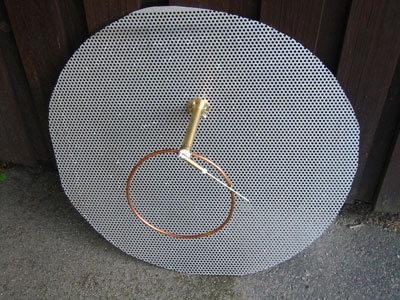
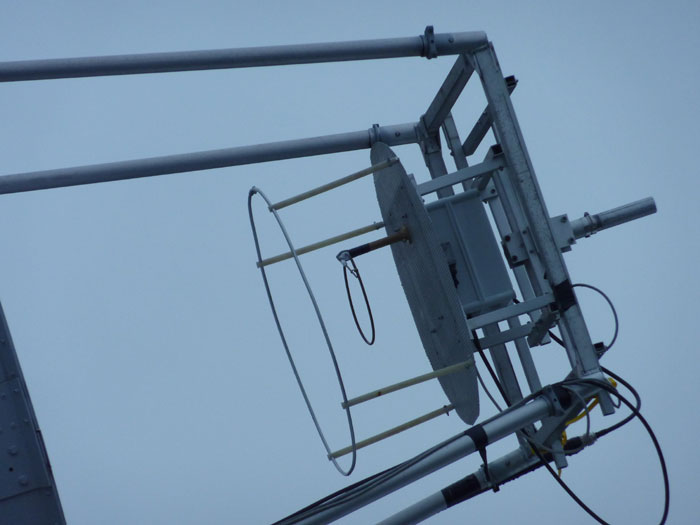
Updated March 27th, 2011. © Ingolf Larsson, SM6FHZ, March, 2011 http://www.2ingandlin.se/SM6FHZ.htm